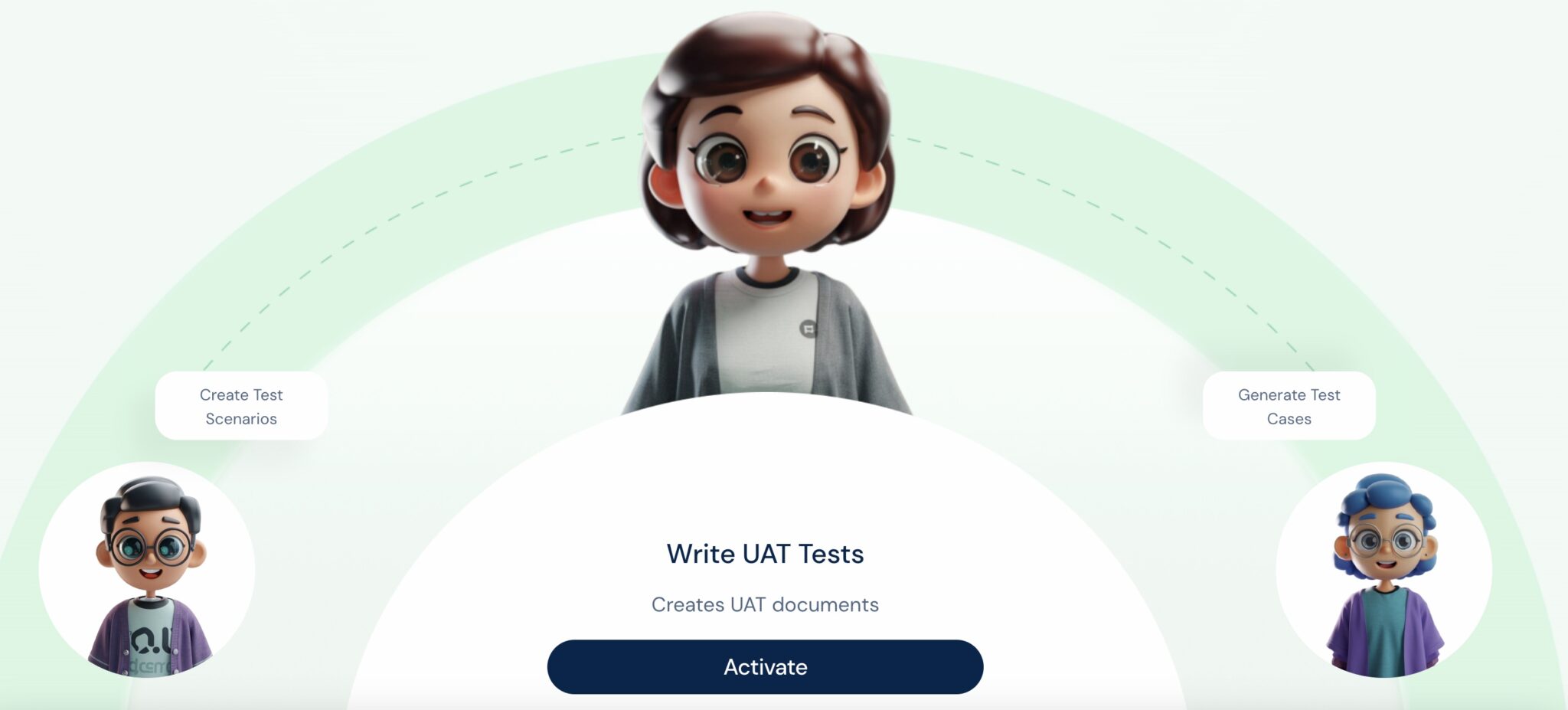Introduction to Agile Development and QA:
- Agile development methodologies have transformed the software development landscape.
- Agile emphasizes flexibility, adaptability, and customer collaboration.
- In contrast to traditional waterfall methodologies, Agile promotes iterative development with an openness to change.
- Quality Assurance (QA) is a critical aspect of Agile development, ensuring software quality and customer satisfaction.
The Role of QA Process in Agile Development:
- QA is integrated into the entire Agile development process.
- Early involvement of QA professionals begins during sprint planning.
- Sprint planning discussions involve understanding user stories and acceptance criteria.
- This early involvement allows QA to provide valuable input on testability and risk identification.
- QA professionals collaborate closely with the development team, ensuring a deep understanding of software functionality.
- Collaboration enhances the design of comprehensive test plans and strategies.
- QA’s role extends to actively participating in Agile retrospectives for continuous improvement.
Benefits of Setting QA Process in an Agile Environment:

Benefits of Setting QA Process in an Agile
- Early Detection of Defects:
- Agile encourages iterative testing, starting with sprint planning.
- Early involvement leads to the proactive identification of quality risks and testability challenges.
- Comprehensive test plans and various testing activities are initiated early.
- Early defect detection enables swift resolution, preventing issues from accumulating.
- Agile encourages iterative testing, starting with sprint planning.
- Improved Collaboration and Communication:
- Agile emphasizes cross-functional team collaboration.
- QA professionals actively engage with developers, product owners, and stakeholders.
- QA ensures a shared understanding of user stories and acceptance criteria during sprint planning.
- Timely feedback on code quality and defects enhances collaboration.
- QA acts as a bridge between technical and non-technical stakeholders, facilitating effective communication.
- Agile emphasizes cross-functional team collaboration.
- Faster Feedback Loop:
- A fast feedback loop is vital for Agile’s rapid iteration and course correction.
- QA provides timely feedback on software functionality, usability, and performance.
- Continuous testing during sprints enables the prompt identification and resolution of issues.
- Early defect identification avoids costly rework and accelerates time-to-market.
- A fast feedback loop is vital for Agile’s rapid iteration and course correction.
- Continuous Improvement:
- Agile methodologies prioritize continuous improvement, aligning well with QA processes.
- Agile retrospectives offer insights into the team’s performance and areas for improvement.
- QA professionals suggest testing process enhancements and test automation.
- Continuous improvement efforts lead to higher-quality software and increased productivity.
- Agile methodologies prioritize continuous improvement, aligning well with QA processes.
- Increased Customer Satisfaction:
- Agile’s focus on delivering value to customers in each sprint is enhanced by QA.
- Early defect resolution, improved collaboration, and communication contribute to a higher-quality product.
- Agile’s iterative nature allows flexibility and adaptability to changing customer needs.
- QA teams continuously validate software against evolving customer expectations.
- Agile’s focus on delivering value to customers in each sprint is enhanced by QA.
Best Practices for Setting QA Process in an Agile Environment:
1. Define Clear Quality Objectives:
- Quality objectives serve as a roadmap for the QA process.
- Objectives align with project goals and customer expectations.
- Specific quality metrics (e.g., defect density, test coverage) create measurable targets.
- Regular monitoring and reporting on these metrics support continuous improvement.
- Quality objectives serve as a roadmap for the QA process.
2. Involve QA from the Beginning:
- Early involvement of QA professionals is essential for maximizing benefits.
- QA participates in sprint planning, user story refinement, and acceptance criteria discussions.
- Collaboration and communication are enhanced from the project’s inception.
- This early engagement empowers QA to design comprehensive test plans and execute testing activities in parallel with development.
- Early involvement of QA professionals is essential for maximizing benefits.
3. Implement Test Automation:
- Test automation significantly enhances the efficiency and effectiveness of QA.
- Automated tests can be executed rapidly and repeatedly.
- Automation reduces repetitive and time-consuming testing tasks, such as regression testing.
- It ensures consistency and accuracy in test execution.
- Test automation significantly enhances the efficiency and effectiveness of QA.
4. Utilize Continuous Integration and Deployment:
- Continuous Integration (CI) and Continuous Deployment (CD) practices integrate seamlessly with QA
- CI involves frequent code integration and automated testing, detecting integration issues and defects early.
- CD automates the deployment of successfully tested code, streamlining the delivery process while maintaining high quality.
- Continuous Integration (CI) and Continuous Deployment (CD) practices integrate seamlessly with QA
Conclusion:
- Implementing a well-defined QA process in an Agile environment offers numerous advantages, including early defect detection, improved collaboration, and increased customer satisfaction.
aiTest: A Closer Look
aiTest an all-in-one testing platform. This platform is designed to conduct comprehensive testing on your applications concurrently. It supports cross-browser and browser version testing, as well as functional and performance tests integrated with Analytics. Additionally, the platform incorporates automation features, including an LLM for effortless generation and testing of machine learning models and generating test data for the same.One-stop solution for continuous testing, integrating seamlessly with CI/CD pipelines. With support for multiple languages and specialized testing for AI/ML services, aiTest empowers organizations to speed up their release cycles while ensuring quality and reliability.


